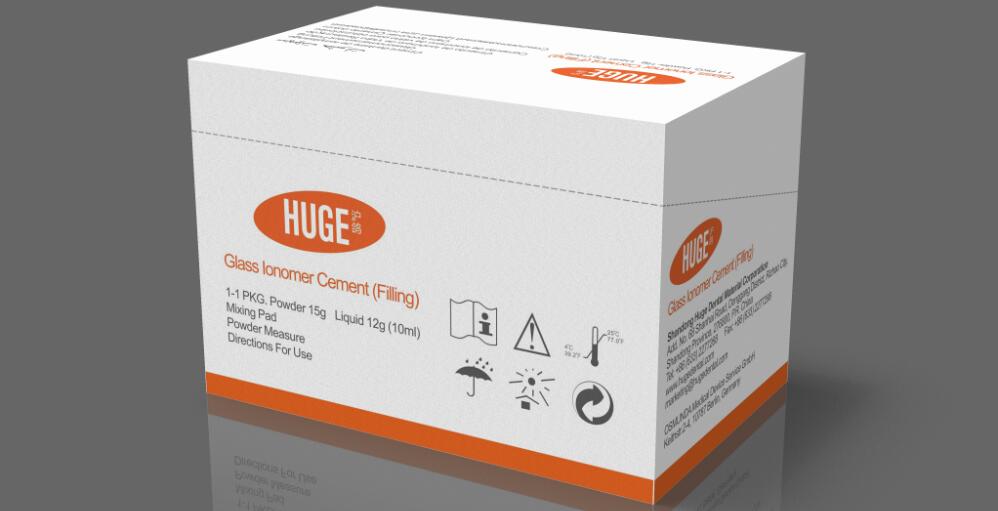Introduction
Glass Ionomer Cement (GIC) is a dental restorative material used widely in dentistry for dental fillings and luting cements. These materials are based on the reaction of aluminosilicate glass powder and polyactic acid liquid.
The setting reaction is an acid-base reaction between the acidic polyelectrolyte and the aluminosilicate glass. The polyacid attacks the glass particles to release cations and fluoride ions. These ions or metal fluoride complexes react with polyanions to form a salt gel matrix.
The structure of the fully set cement is a composite of glass particles surrounded by silica gel in a matrix of polyanions cross-linked by ionic bridges. Within the matrix are small particles of silica gel containing fluorite crystallites.
1. Restoration of primary teeth.
2. Restorations of Class III, V and limited Class I cavities.
3. Base linings under composite and amalgam
4. Core build-up.
5. Atraumatic restorative treatment (ART)
Advantages
Convenient to use: Inherent adhesion to tooth structure.
Prevention of secondary caries: Fluoride release and hence carries inhibition.
Biocompatible: Little shrinkage and good marginal seal.
MI & ART fitness:Minimal cavity preparation required, easy to use, also suitable for unskilled manpower dental or facilities.
Packages
1. 15g powder,
2. 12g liquid,
3. powder scoop,
4. spatula
5. mixing pads
Shade
A1, A2, A3
Storage
Store in a cool and dark place (4-25°C) (39.2-77.0°F).
(Shelf life: 2 years from date of manufacture)
